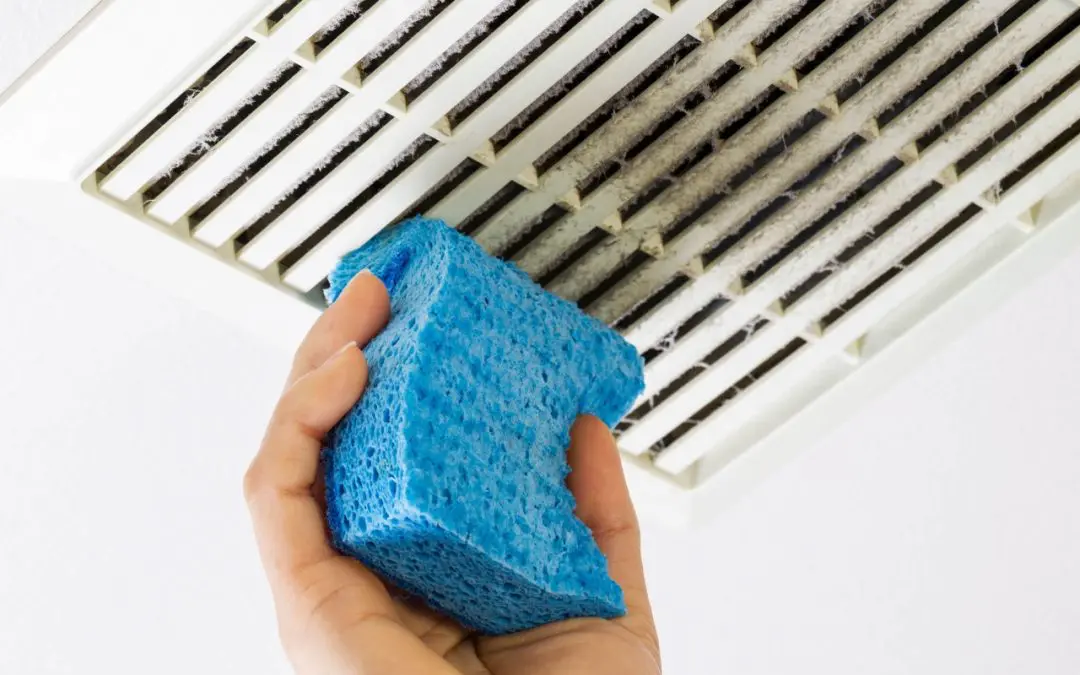From high humidity to longer growing seasons, coastal living creates the perfect environment for mold, pollen, and dust mites to thrive. If you or your family members suffer from allergies, allergy-proofing your home is more than a comfort—it’s a necessity. Thankfully, there are practical steps you can take to reduce allergens and enjoy a healthier, more breathable home.
Allergy-Proofing: Understanding Common Allergens
Dust mites, mold spores, and pollen from grasses, trees, and weeds are all common allergens. Mold and mildew are especially concerning because they can grow indoors in bathrooms, kitchens, and anywhere moisture accumulates. Even your HVAC system can become a breeding ground for allergens if it isn’t properly maintained. Knowing the sources is the first step toward effective allergy-proofing.
Start with the Air You Breathe
Indoor air quality is an important part of allergy management. Running your air conditioner is essential for comfort and controlling indoor humidity, which should ideally stay below 50%. A high-efficiency particulate air (HEPA) filter captures airborne allergens like pollen, dust, and pet dander. If your HVAC system doesn’t support a HEPA filter, consider standalone air purifiers for high-traffic or sleep areas.
It’s also important to change air filters regularly—every one to three months, depending on your home environment and filter type. An HVAC professional can help assess your system to ensure it’s operating efficiently and circulating clean air throughout your home.
Keep Humidity in Check
Mold thrives in damp spaces and can trigger severe allergic reactions. Dehumidifiers are effective in basements, bathrooms, laundry rooms, or wherever moisture collects. Ventilation also plays a significant role. It’s important to use exhaust fans when cooking or showering, and keep windows closed during humid days.
Flooring, Fabrics, and Furnishings
Wall-to-wall carpeting might provide comfort, but it frequently collects allergens. Hard flooring options such as tile, laminate, or hardwood are easier to clean and don’t harbor allergens like carpets. If removing carpeting isn’t an option, steam-clean it regularly and use a vacuum with a HEPA filter.
Upholstered furniture, heavy drapes, and even decorative throw pillows can collect dust and dander. Choose washable curtains or blinds, and look for allergy-friendly pillow and mattress covers to create a barrier against dust mites. Wash bedding weekly in hot water to keep allergens under control in the bedroom.
Clean Smarter, Not Just More Often
To manage allergens, you’ll need to clean often and effectively. Dust surfaces with a damp cloth to trap allergens rather than spread them into the air. Avoid using heavily fragranced cleaners, which can irritate sensitive respiratory systems. Opt for eco-friendly, non-toxic products that clean without introducing new allergens into the environment.
Keep clutter to a minimum, especially in bedrooms and living areas. The fewer surfaces dust settles on, the easier it is to maintain a clean, allergen-free space. Regular cleaning routines should also focus on overlooked areas like ceiling fans, under furniture, and air vents.
Don’t Forget About Pets When Allergy-Proofing
Pets are part of the family but can also be a source of dander and allergens. Bathing and grooming your pets regularly helps reduce the amount of dander they shed into your home. Wash their bedding and vacuum their favorite spots regularly to decrease allergens.
Outdoor Maintenance Matters Too
The work of allergy-proofing doesn’t stop at your front door. Trim back bushes and trees near windows, keep the lawn mowed, and avoid letting leaves pile up—these can all be major sources of outdoor allergens. Clean gutters regularly to prevent mold buildup, and consider using a doormat and asking guests to remove their shoes to avoid tracking pollen and dust inside.
By allergy-proofing your home, you’re creating a sanctuary where you’ll breathe easier and live healthier. It’s not about perfection—it’s about progress and comfort in every season.
FAQs About Allergy-Proofing
How often should I clean my air ducts?
Having your air ducts professionally cleaned every 3–5 years. It might be time for a professional cleaning if there’s visible mold growth, a musty odor, or excessive dust.
Can houseplants worsen allergies?
Some houseplants can harbor mold in the soil or release pollen. Choose low-allergen options like snake plants or palms, and avoid overwatering to prevent mold growth.
Can allergies be worse in newer homes?
Sometimes. New construction can be tightly sealed for energy efficiency, which may trap allergens indoors without proper ventilation. Investing in a good air filtration system will help.
Oasis Home Inspections offers home inspection services in Brevard County, Florida. Contact us to request an appointment.

